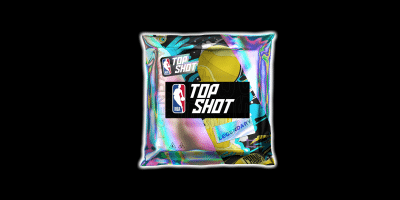What Privacy Coins Are and the Four Best Privacy Coins?
A privacy coin is a category of cryptocurrency asset that keeps user data private. Each privacy coin hides or “obscures†a specific type of user data, whether that be a user identity, transaction amount, or anything and everything else. How Do Privacy Coins Work? Contrary to popular belief, all cryptocurrency assets aren’t inherently private or …
What Privacy Coins Are and the Four Best Privacy Coins? Read More »


